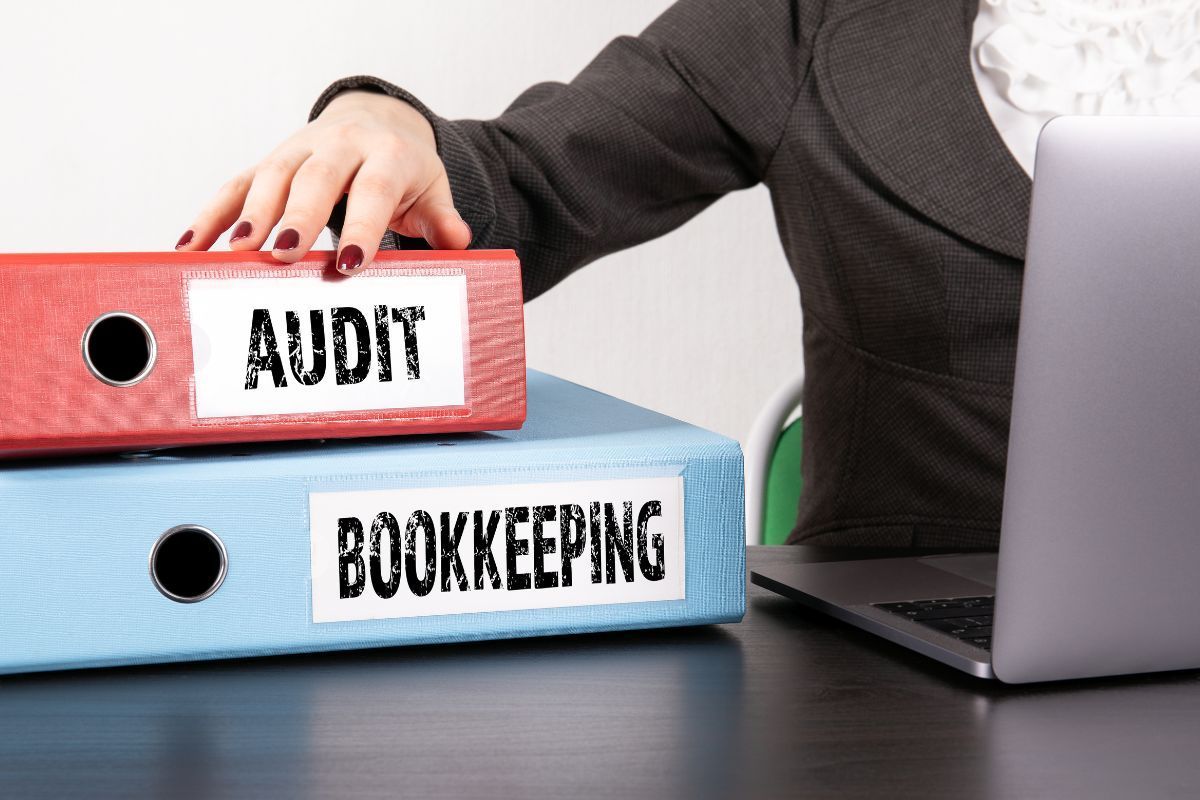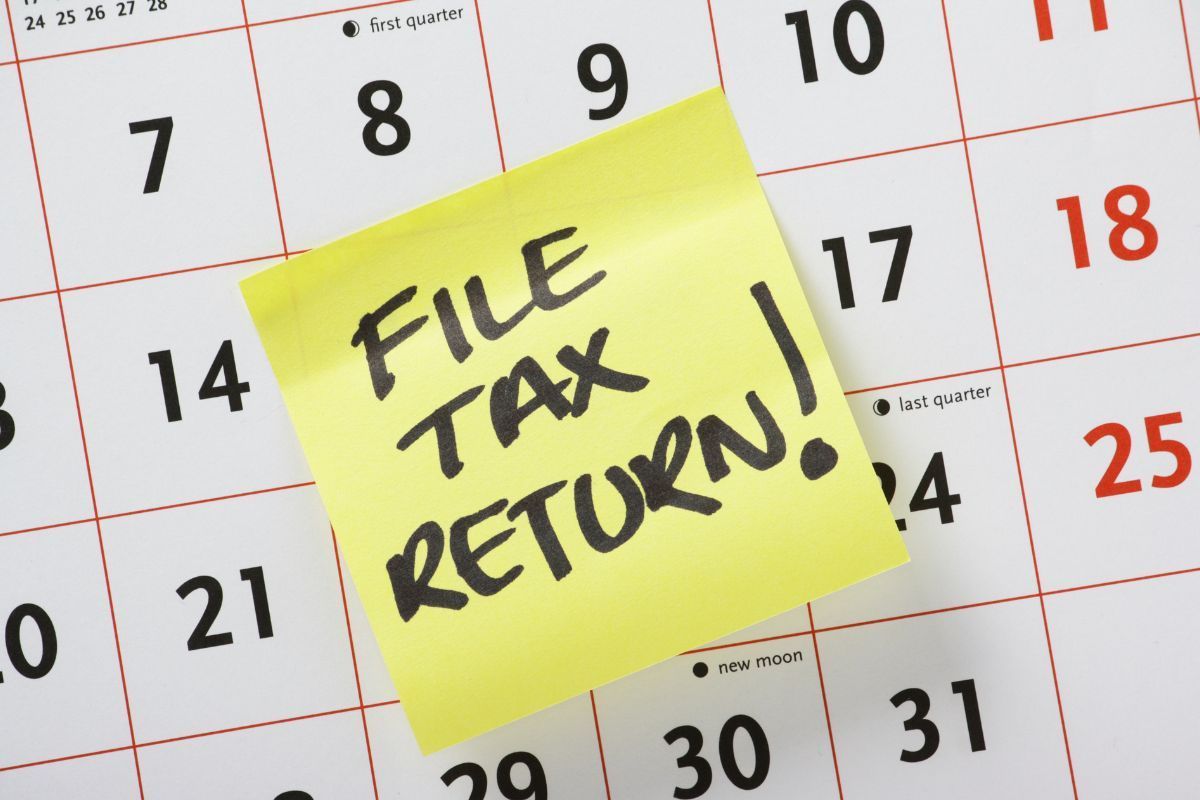Canada Child Benefit Explained: What Parents Need To Know
Are you struggling with the rising costs of raising children? The Canada Child Benefit (CCB) offers essential financial support to Canadian families when needed.
In this article, we’ll explore the Canada Child Benefit (CCB), outlining its purpose, payment structure, eligibility, and application process while addressing common questions about the benefit.
What Is The Canada Child Benefit (CCB)?
The Canada Child Benefit (CCB) is a monthly, tax-free payout to support families with children under 18. The Canada Revenue Agency (CRA) manages the CCB. It helps low—and middle-income families with child-rearing costs, including expenses like food, clothing, and childcare.
The CCB was introduced in 2016. Since 2018, it has been indexed to inflation to keep up with the cost of living. This benefit is non-taxable and doesn't need to be declared as income. It offers families simple and reliable financial support.
Additionally, the CCB may include the
Child Disability Benefit (CDB) for children with disabilities. Several provinces and territories also offer supplementary support to assist families further.

How Much Is the Canada Child Benefit?
The CCB amount depends on several factors. These include the number of children, their ages, the family's net income, and Disability Tax Credit eligibility.
Maximum Annual Benefit Amounts (July 2024 – June 2025)
- Children under 6 years old: Up to $7,787 annually ($648.91 monthly).
- Children aged 6 to 17: Up to $6,570 annually ($547.50 per month).
Adjustments Based On Income
Full benefit is available to families with an adjusted family net income of $36,502 or less.
However, benefits will be reduced once the adjusted family net income (AFNI) exceeds $36,502. Higher-income families receive reduced benefits. Calculations depend on the number of children.
For children eligible for the Disability Tax Credit, an additional $3,322 annually can be added. As for those sharing custody of a child, you'll receive 50% of what you would have received if you had full custody.
CCB Payment Dates For 2025
CCB payments are issued on the 20th of each month. However, if this date is a weekend or federal holiday, the payment is processed on the previous business day instead.
2025 Payment Schedule
- January 20
- February 20
- March 20
- April 17
- May 20
- June 20
- July 18
- August 20
- September 19
- October 20
- November 20
- December 12
If you don't receive your payment on these dates, wait at least five business days before contacting the CRA.
Who Is Eligible For The Canada Child Benefit?
To be eligible for the CCB, applicants must meet the following requirements:
- Residency. Applicants must be Canadian residents for tax purposes.
- Child's Age. The child must be under 18 years old and reside with the applicant.
- Primary Responsibility. Applicants must be the primary caregiver responsible for the child's daily needs, medical care, and childcare arrangements.
Additionally, the applicant or their spouse/common-law partner must meet one of the following criteria:
- Be a Canadian citizen, permanent resident, or protected person;
- Be a temporary resident who has resided in Canada for at least 18 months with a valid permit;
- Be registered under the Indian Act.
These criteria ensure the CCB helps those actively caring for children. Applicants must also meet residency requirements in Canada.
Applying For The CCB
Applying for the CCB is a simple process that can significantly ease the burden of child-related expenses. Preparing the proper supporting documents can help make the application process seamless. Here's everything you need to know to get started:
How To Apply
- At Birth. Use the Automated Benefits Application when registering your newborn's birth through your province or territory's Vital Statistics office.
- Manually. Complete and submit Form RC66, Canada Child Benefit Application, either through the CRA's "My Account" portal or by mail.
Required Documents
To ensure your application is processed smoothly, you'll need the following:
- Proof of marital status. Examples include mortgage documents, property tax bills, or insurance policies.
- Proof of residence in Canada. Include at least three documents: rent receipts, lease agreements, bank statements, and utility bills.
- Proof of birth for each child. Accepted documents include birth certificates, certified copies of birth registrations, or hospital birth records.
- Proof of citizenship or immigration status. Provide a Canadian birth certificate or valid immigration documents.
- Proof of primary caregiver responsibility. Examples include letters from daycare or school authorities, documents from social workers or resettlement officers, court orders, or receipts for activities your child is enrolled in.
You can also apply retroactively for up to 10 years if you fit the eligibility criteria but didn't apply earlier. Gathering these documents and following the application steps can help ensure you receive the support your family needs.
Calculation Of Your Benefit
The Canada Child Benefit is recalculated every July based on a family's adjusted net income from the previous tax year. For instance, payments for the July 2024–June 2025 period will be determined using information from the 2023 tax return.
Several key factors influence the amount a family receives:
- The number of children and their ages.
- The family's adjusted net income.
- Whether a child qualifies for the disability tax credit.
For shared custody, the benefit is split equally. Each parent gets 50% of what they would receive with full custody. You can use the CCB Calculator by CRA to know the amount you can receive.
Frequently Asked Questions
When will payments be issued?
Payments are typically issued on the 20th of each month. If you experience a delay, you are advised to wait five business days before contacting the CRA for assistance.
When is your benefit recalculated?
Based on tax returns, the CRA recalculates the benefit at the start of each payment period. Adjustments are also made when marital or custody status changes or the number of eligible children changes.
What should you do if you were overpaid?
If the CRA finds that you've been overpaid, they'll recover the amount by deducting it from future payments, tax refunds, or GST credits until the debt is settled. You can use the CRA's online services to manage your repayment or contact their support team for assistance.

Secure Financial Support For Your Family With The Canada Child Benefit
The Canada Child Benefit is a vital lifeline for millions of Canadian families, alleviating the financial pressures of raising children and offering crucial support to those who need it most. Understanding the program's workings, eligibility requirements, and application process can help families fully access available assistance. To make the most of this benefit, stay up-to-date on recalculations, payment schedules, and any communications from the CRA.
Want more information?
Richmond Hill, ON
Calgary, AB
Vancouver, BC
Ottawa, ON
Winnipeg, MB
Hamilton, ON
Halifax, NS
Mississauga, ON
Toronto, ON
Brampton, ON
Oakville, ON
Milton, ON
Markham, ON
Vaughan, ON



